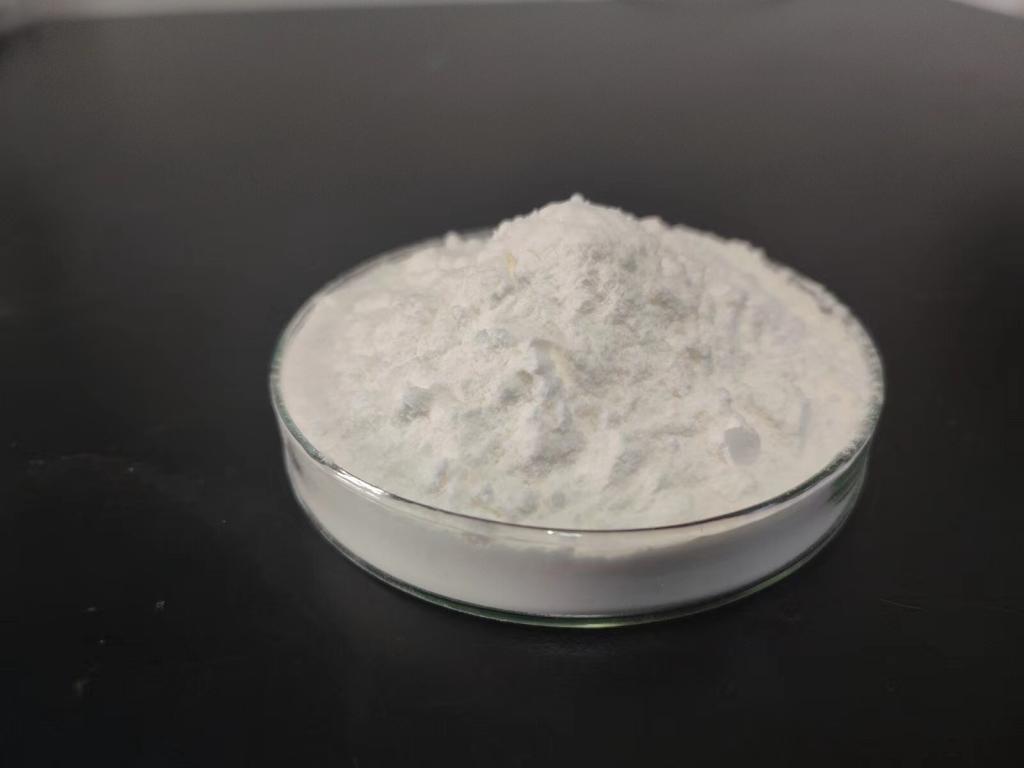Tel:+8618231198596

News
 CONTACT
CONTACT
 CONTACT
CONTACT
- Linkman:Linda Yao
- Tel: +8618231198596
- Email:linda.yao@dcpharma.cn
- Linkman:CHARLES.WANG
- Department:Overseas
- Tel: 0086 0311-85537378 0086 0311-85539701
News
ε-Polylysine hydrochloride's impact on the microbiological quality of ready-to-eat meals.
TIME:2024-05-16
Mechanisms of Action:
ε-Polylysine hydrochloride exerts its antimicrobial activity primarily by disrupting microbial cell membranes. As a cationic polypeptide, ε-Polylysine hydrochloride binds to the negatively charged phospholipids present in bacterial and fungal cell membranes, leading to membrane destabilization and permeabilization. This disruption results in leakage of intracellular contents, loss of membrane potential, and ultimately, cell death. Due to its broad-spectrum antimicrobial activity, ε-Polylysine hydrochloride effectively inhibits the growth of spoilage microorganisms and pathogens commonly found in RTE meals.
Applications in RTE Meals:
Surface Sanitization: ε-Polylysine hydrochloride can be applied as a surface treatment for RTE meals to reduce microbial contamination on the outer surfaces of food products. By incorporating ε-Polylysine hydrochloride into sanitizing solutions or coatings, microbial populations can be effectively reduced, enhancing food safety and extending shelf life.
Ingredient Incorporation: ε-Polylysine hydrochloride can be incorporated directly into RTE meal formulations as a natural preservative to control microbial growth throughout the product. By adding ε-Polylysine hydrochloride during processing, microbial contamination can be minimized, ensuring microbiological quality and safety from production to consumption.
Packaging Solutions: ε-Polylysine hydrochloride can also be integrated into packaging materials and films to create active packaging systems for RTE meals. These packaging solutions release ε-Polylysine hydrochloride vapors or solutions, providing continuous antimicrobial protection during storage and transportation, further enhancing food safety and extending shelf life.
Benefits of ε-Polylysine Hydrochloride in RTE Meals:
Improved Food Safety: By controlling microbial contamination, ε-Polylysine hydrochloride helps improve the microbiological quality and safety of RTE meals, reducing the risk of foodborne illness outbreaks.
Extended Shelf Life: ε-Polylysine hydrochloride extends the shelf life of RTE meals by inhibiting the growth of spoilage microorganisms and pathogens, minimizing food waste and enhancing economic sustainability.
Clean Label Formulations: ε-Polylysine hydrochloride enables the development of clean label RTE meal formulations, meeting consumer demand for natural and minimally processed foods without compromising on safety or quality.
Regulatory Considerations:
In many countries, ε-Polylysine hydrochloride is approved as a food additive with established maximum residue limits (MRLs) for various food products. However, its use in RTE meals may be subject to specific regulatory approvals and considerations, particularly regarding maximum permitted levels, labeling requirements, and safety assessments. Food manufacturers interested in incorporating ε-Polylysine hydrochloride into RTE meals should ensure compliance with relevant regulatory requirements and obtain necessary approvals before commercial use.
Future Prospects:
The use of ε-Polylysine hydrochloride in RTE meals is poised for growth, driven by increasing consumer demand for safe, convenient, and minimally processed food options. Future research and development efforts may focus on:
Formulation Optimization: Developing innovative RTE meal formulations and processing techniques to maximize the effectiveness of ε-Polylysine hydrochloride in controlling microbial contamination and extending shelf life.
Consumer Acceptance: Educating consumers about the benefits of ε-Polylysine hydrochloride in RTE meals, addressing any concerns or misconceptions related to its use, and promoting transparency in labeling and product information.
Regulatory Support: Collaborating with regulatory authorities to establish clear guidelines and standards for the use of ε-Polylysine hydrochloride in RTE meals, ensuring consistency and transparency in regulatory requirements across different regions and countries.
Conclusion:
ε-Polylysine hydrochloride offers a promising solution for enhancing the microbiological quality and safety of RTE meals. Its broad-spectrum antimicrobial activity, natural origin, and safety profile make it a valuable ingredient for food manufacturers seeking to meet consumer demand for safe, convenient, and minimally processed food options. With continued research, regulatory support, and industry collaboration, ε-Polylysine hydrochloride's applications in RTE meals are expected to grow, contributing to safer, healthier, and more sustainable food products for consumers worldwide.
- Tel:+8618231198596
- Whatsapp:18231198596
- Chat With Skype







